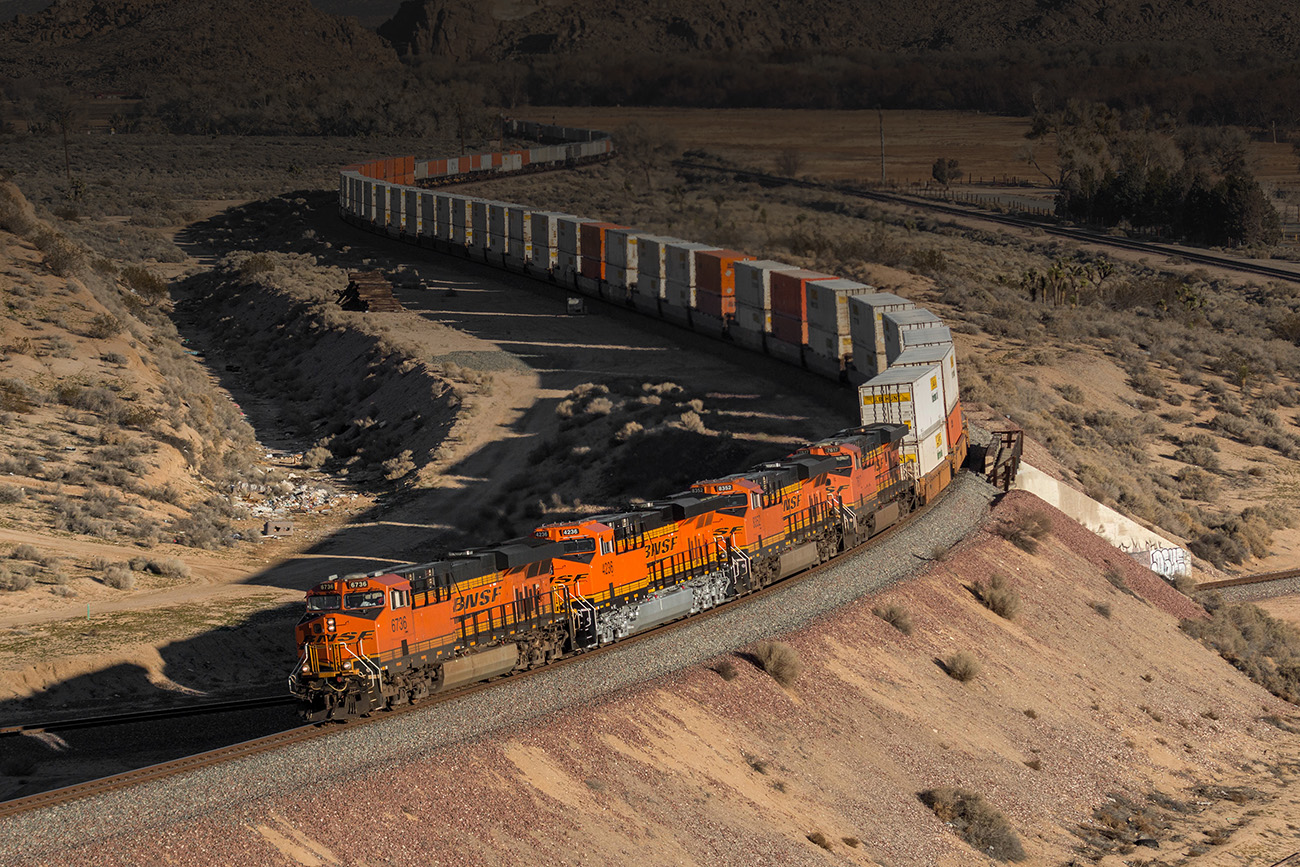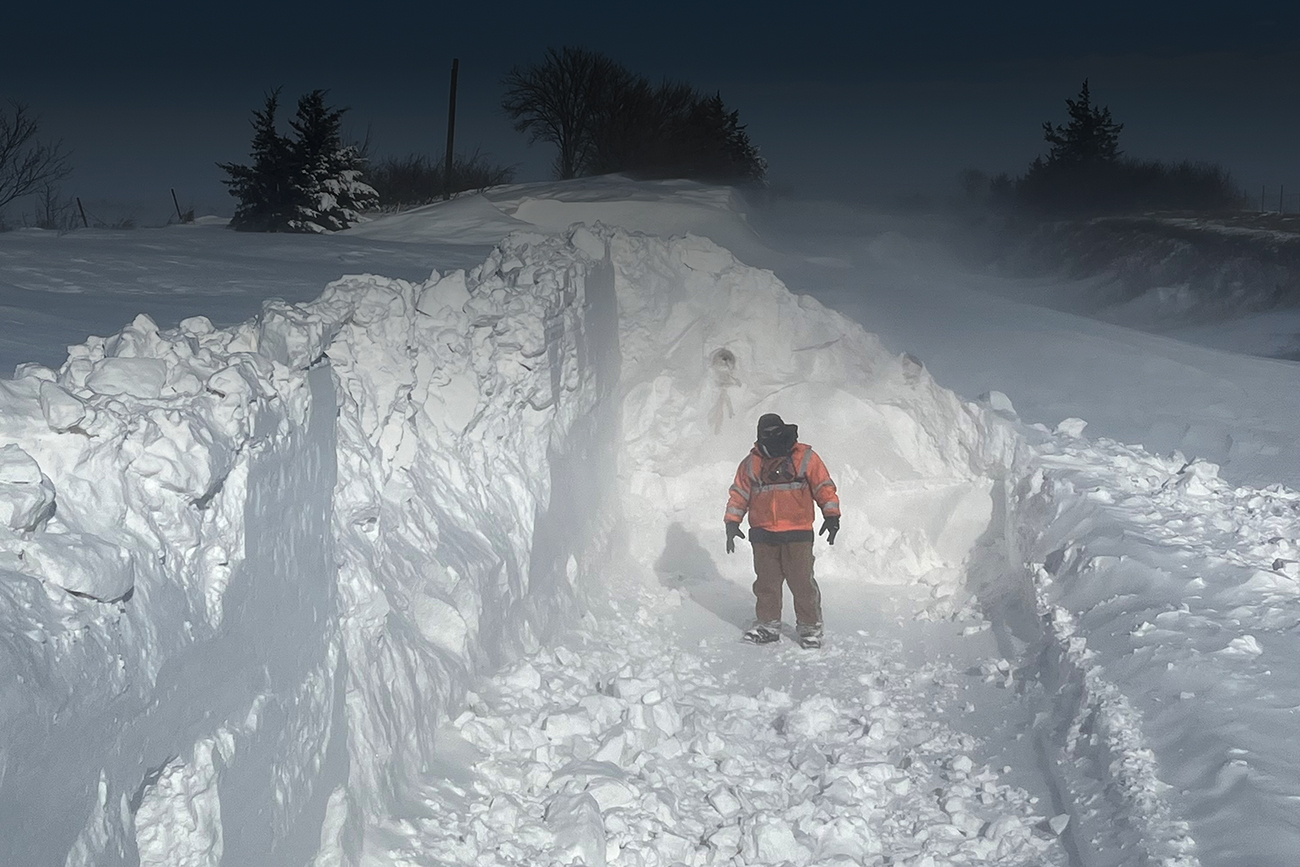
Four states that are ‘Tracking to Zero’ heroes—and one to watch
By SUSAN GREEN
Staff Writer
Every three hours in the U.S., a person or vehicle is hit by a train. Among the ways we’re trying to reduce this startling statistic is by partnering with state departments of transportation (DOTs) to reduce grade-crossing incidents across our 32,500-mile network.
Of the 28 states in which we operate, we’re honoring four with our inaugural “Tracking to Zero” awards, which recognize states for averaging less than one grade-crossing incident per 1 million BNSF train miles traveled. For 2023 the four are: Idaho, Montana, New Mexico and Wyoming. We’re also highlighting Illinois as a “state to watch” with a rate of 1.1 incidents per 1 million BNSF train miles.
“Because trains are limited in their ability to prevent a collision, safety gains are better achieved by improving how drivers interact around railroad tracks,” said BNSF Assistant Director of Public Projects Richard Scott. That’s how state DOTs can make a big difference for their communities’ safety: by prioritizing rail safety projects and campaigns.
Among the actions taken by the winning states: installing grade-crossing separations; enhancing signal systems at existing crossings; researching and piloting new crossing safety technologies; utilizing both state and federal funding to maximize railroad crossing safety improvements, and more.
Here are just a few ways these state DOTs are making their communities safer:
IDAHO
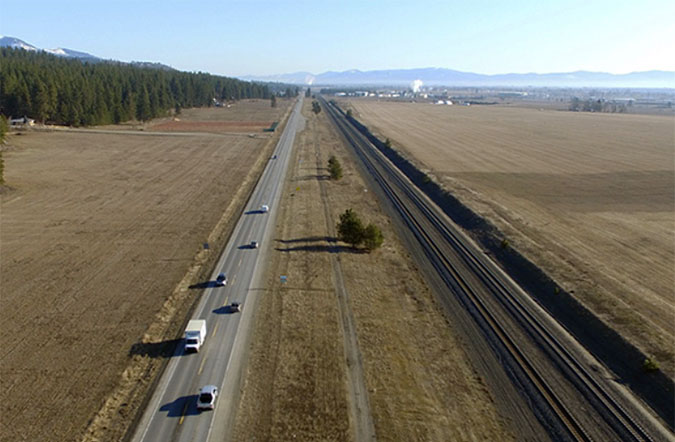
The Idaho Transportation Department (ITD) has put a strong focus on safer multimodal corridors where state highways run parallel to rail. ITD helped in a successful grant application for Railroad Crossing Elimination (RCE) federal funds. That project, slated to begin construction later this summer, will ultimately eliminate three grade crossings near BNSF’s Hauser Yard.
“I worked on the grant application with BNSF, and that was exciting to get the $36 million grant,” said Carrie Ann Hewitt of ITD Planning Services. “It was truly a great effort together and we couldn’t have done it without BNSF’s help with the grant writing. We’ve also been discussing other grant opportunities and partnering efforts.”

MONTANA
The Big Sky Country state has a robust inventory management system to ensure that it has the most accurate crossing information, thanks to the Montana Department of Transportation (MDT) developing an award-winning interactive map of all public grade crossings.
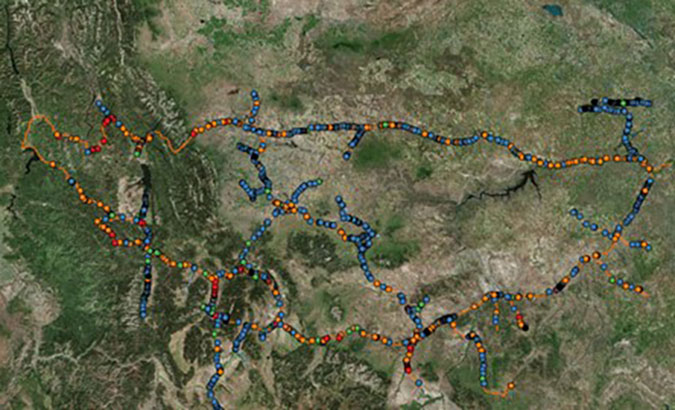
MDT also funds new signal installations at 100 percent, meaning no local match is required that could otherwise act as a barrier to crossing safety in disadvantaged communities. Another way MDT supports communities is by funding stop/yield sign replacements across the state.
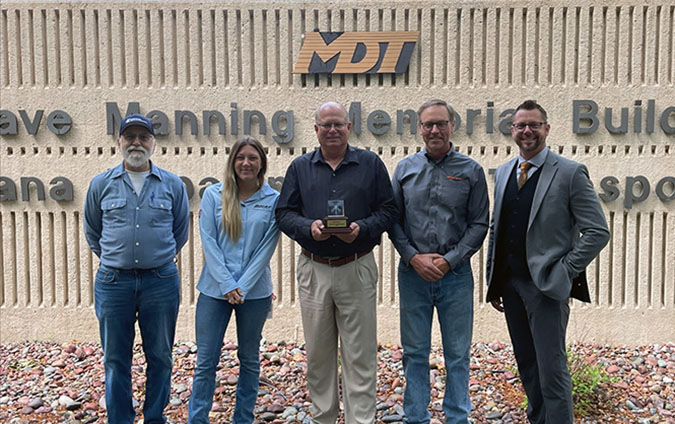
NEW MEXICO
Being a railroad owner and operator by way of the New Mexico Rail Runner service in collaboration with Rio Metro Regional Transit, the New Mexico Department of Transportation (NMDOT) understands the unique challenges of grade-crossing safety and strongly advocates for crossing consolidation.
NMDOT is also quick to follow up on reported incidents, reports of occupied crossings and near-miss locations to look for mitigation solutions.

WYOMING
As this state grows, the Wyoming Department of Transportation (WYDOT) is very proactive in working with BNSF on rail safety in emerging population centers and ensuring the right protections are in place when developments are next to our rail corridors.
WYDOT was also the first state to complete a compliant grade-crossing action plan following new requirements of the Fixing America’s Surface Transportation Act. Their plan sets out four core goals: review every incident at or near a highway-rail grade crossing; address driver expectations; ensure full compliance with the Manual on Uniform Traffic Control Devices (MUTCD); and ensure crossing surface safety.

ILLINOIS: STATE TO WATCH
With a rate of 1.1 incidents per 1 million BNSF train miles traveled in this state, the Illinois Department of Transportation and Illinois Commerce Commission (ICC) are on our list as the “state to watch” for a future Tracking to Zero award.
ICC can be credited with creating and managing a state Grade-Crossing Protection Fund with an annual endowment of roughly $39 million to spend on grade-crossing safety improvements. Among the ways they’re incorporating rail safety into projects: signal installations, medians, grade separations, roadway approach improvements, clearance improvements and crossing closures. ICC also uses significant state funds to drive grade-crossing consolidation and closures.
“Illinois has a very robust State Rail Plan, among other programs that are making rail safety a priority,” said Scott. “We hope to see their status change from ‘one to watch’ to ‘one to win’ next year.”
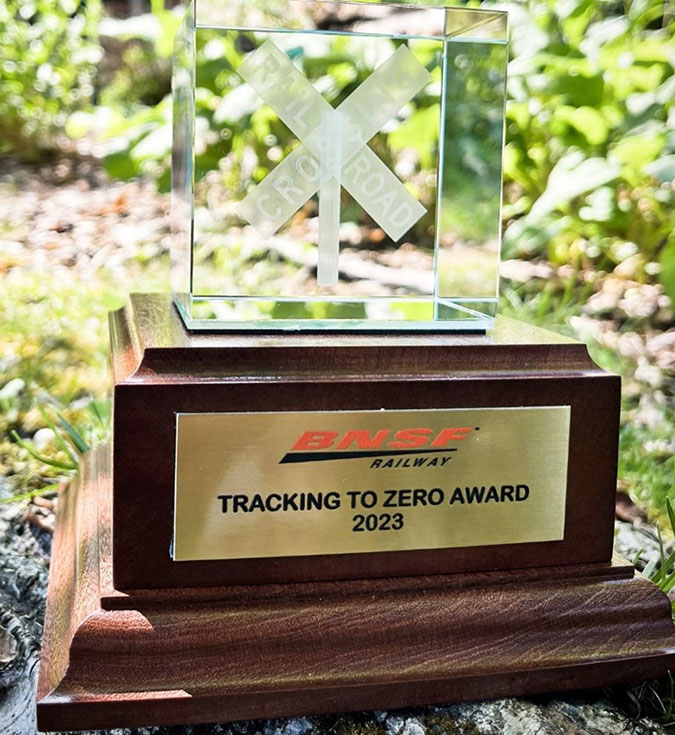
Congratulations to these five state DOTs and thank you for helping BNSF realize our safety vision, which includes zero grade-crossing incidents on our railroad. By working together with state transportation agencies and community partners, BNSF maintains the lowest grade-crossing collision rate in the industry.

